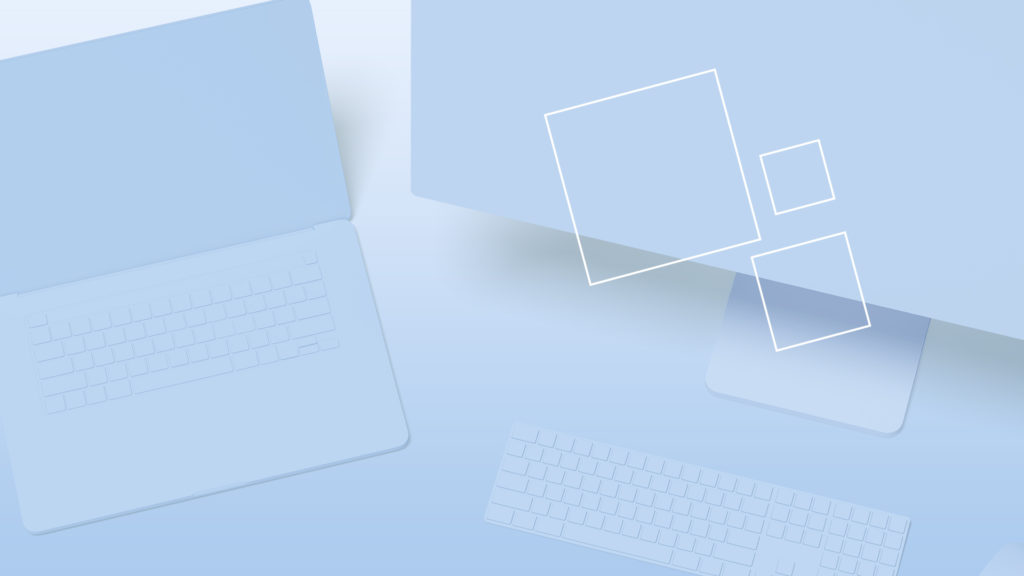In a world dominated by sensory overload, where notifications flood our screens, and every click seems to lead us down a rabbit hole of endless distractions, it’s no surprise that we’re craving simplicity more than ever before. Enter the growing trend of minimalism in technology and design.
Minimalism, with its emphasis on stripping away the unnecessary, has emerged as a response to the overwhelming clutter and complexity that has come to define our modern lives. But minimalism isn’t just a design philosophy; it’s a lifestyle. It’s a way of thinking and living that encourages us to focus on what truly matters and cut through the noise to find clarity.
In this article, we’ll explore the rise of minimalism in technology and design and its impact on our daily lives. From the sleek designs of Apple and Google to the clean lines of minimalist architecture, we’ll examine the ways in which this design philosophy has revolutionised the way we interact with the world around us. We’ll also explore the underlying principles of minimalism and why it has become such a popular movement in recent years. Join us on a journey through the world of minimalism – a world where less truly is more.
What is Minimalism?
Minimalism is not a new concept. It has been a part of the design world for decades, influencing everything from architecture to fashion.
Minimalism is an aesthetic that exudes simplicity, yet is anything but simple. At its core, it is a design philosophy that seeks to strip away the excess, to streamline and refine products and designs to their most essential and functional elements. It is a reaction against the clutter and chaos of modern life, a call for simplicity in a world that seems to demand more and more.
Minimalism is not a new concept. It has been a part of the design world for decades, influencing everything from architecture to fashion. But in recent years, minimalism has gained renewed attention, particularly in the tech and design world. This growing trend is a reflection of our desire for simplicity and clarity in an age of sensory overload.
At its essence, minimalism is about doing more with less. It is not a call for austerity, but rather a call for efficiency. It is a way of thinking that encourages us to focus on what truly matters, to cut through the noise and find clarity in a world that can be overwhelming.
Minimalism is more than just a design philosophy. It is a way of life. It encourages us to pare down our possessions, to simplify our routines, to focus on the things that truly bring us joy and fulfilment. It is a mindset that can help us find peace in a world that seems to demand constant stimulation.

Minimalism in Technology
Minimalism has found a natural home in technology, where it can cut through the noise and bring clarity to the complexity of modern life. Apple, Google, and many other tech companies have embraced minimalist design principles, stripping away excess to create products that are simple, sleek, and elegant. From hardware design to user interfaces, the focus is on efficiency and functionality, making these products stand out in a crowded market.
While some critics argue that minimalism can stifle creativity and lead to homogenisation of design, many in the tech industry welcome the breath of fresh air that minimalist design provides. Startups, in particular, have found that less is often more, as they strive to differentiate themselves in a crowded market.
But beyond just aesthetics, minimalism has also had a profound impact on the functionality and user experience of technology products. By focusing on the essentials and removing unnecessary elements, minimalist design can make products more user-friendly and accessible.
For example, consider the rise of minimalist user interfaces in mobile apps. By removing clutter and simplifying the design, these apps can be easier to navigate and use. This can be especially important for older adults or individuals with disabilities, who may struggle with complex or overwhelming interfaces.
Minimalism has also influenced the development of digital assistants like Siri and Alexa. By removing the need for a physical interface altogether, these digital assistants offer a more streamlined and intuitive user experience. With just a few simple voice commands, users can access a wide range of functions and services, making their lives simpler and more efficient.
But perhaps the most significant impact of minimalism on technology has been in the realm of sustainability. As the world becomes increasingly aware of the environmental impact of our technological devices, minimalism provides a way to reduce waste and create more sustainable products.
From the use of renewable and biodegradable materials to the development of more energy-efficient devices, minimalist design principles can help reduce the environmental footprint of our technology products. And as consumers become more conscious of these issues, minimalist design will likely become even more important in the tech industry.

Minimalism in Design
The rise of minimalism has not only taken hold of the design world, but it has also infiltrated the fashion industry and architecture sphere. As the world becomes more complex and overwhelming, many designers and architects are turning to minimalism as a way to simplify and streamline their creations.
Fashion designers, in particular, have embraced minimalism as a way to create clean and elegant designs that prioritise comfort and functionality. Brands such as Everlane and Muji have amassed a following for their minimalistic clothing designs that exude effortless sophistication. With their simple silhouettes, natural fibres, and neutral colour palettes, these brands have redefined what it means to dress with style and simplicity.
Architecture, too, has undergone a transformation in the wake of the minimalist movement. Architects are now designing buildings that prioritise function over form, with simplicity and sustainability at the forefront of their designs. The iconic Farnsworth House by Mies van der Rohe and the Glass House by Philip Johnson are just a few examples of minimalist architecture that emphasises clean lines, open spaces, and natural light. These buildings showcase the beauty of simplicity and the importance of creating spaces that serve their intended purpose without excess.
In both fashion and architecture, minimalism has proven to be a powerful tool for simplifying and streamlining design. By removing unnecessary elements, designers and architects are able to focus on what is truly essential, creating designs that are both aesthetically pleasing and functional.
Conclusion
In this age of overwhelming stimuli, minimalism has become a beacon of hope, offering respite and allowing us to focus on what is essential.
In a world where complexity and excess reign supreme, the minimalist approach has gained remarkable popularity as a refreshing and sustainable design philosophy. The functional elegance that minimalism espouses removes all superfluous elements and prioritises clarity, simplicity, and functionality, making it an irresistible and timeless aesthetic.
It is no wonder, then, that minimalism has permeated all aspects of modern life, from technology to fashion and architecture. In this age of overwhelming stimuli, minimalism has become a beacon of hope, offering respite and allowing us to focus on what is essential. As we grapple with the challenges of modern life, minimalism has become more than just a trend, it has become a philosophy that helps us lead more mindful and sustainable lives.
